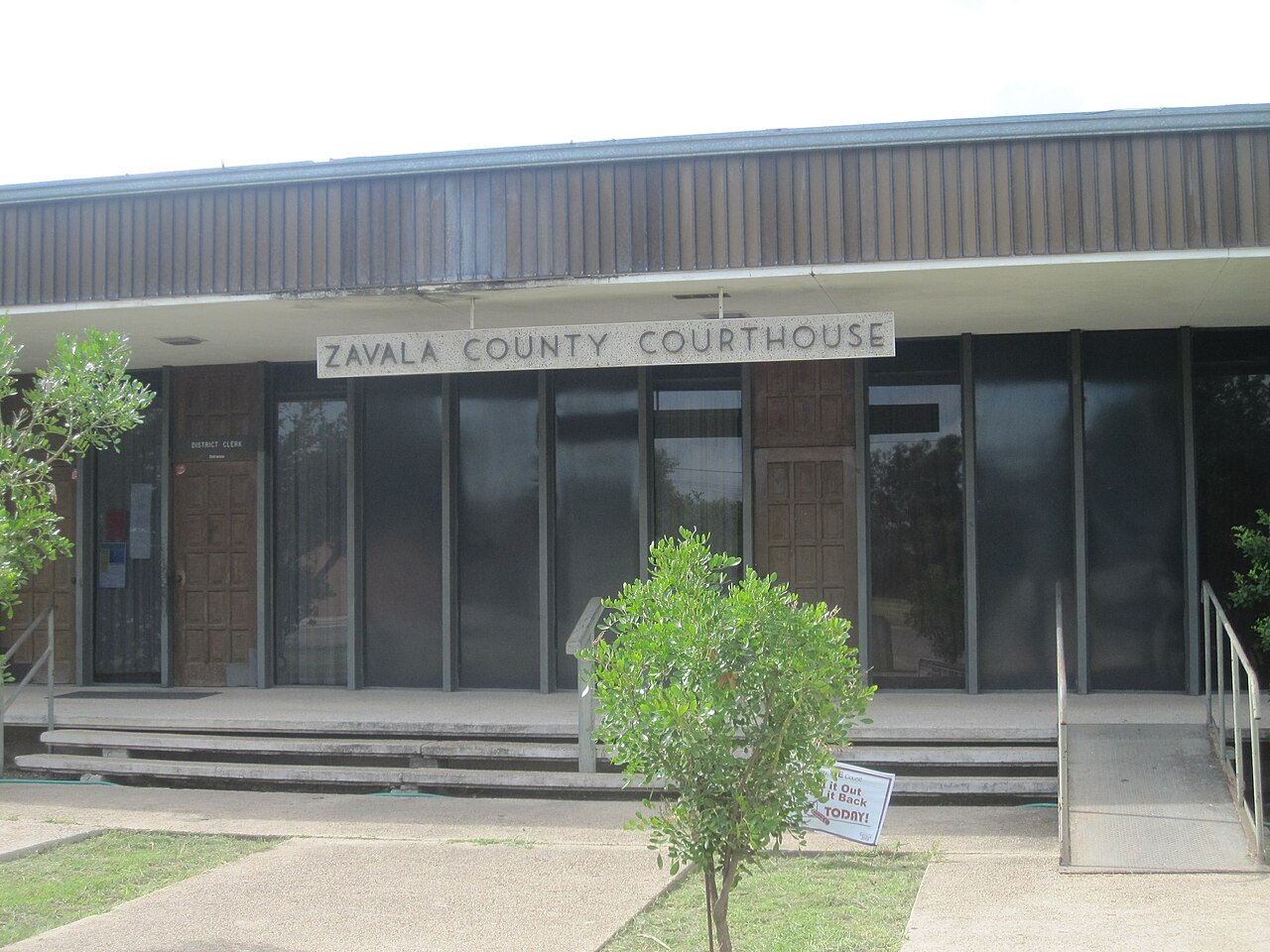Texas Writs of Garnishment to Collect Judgment Liens from Blanco County
At Busby & Associates, we understand the challenges that judgment creditors face in collecting from a debtor in Blanco County. That’s why we offer a wide range of legal services related to judgments, including defense, collection, and enforcement. Our main area of abilities is garnishing bank accounts and financial institutions, but we also provide support for consumer bankruptcy, family law, and divorce matters, for both obligors and obligees under child support liens. Additionally, we can help with the domestication of foreign child support liens in the State of Texas. Give us a call and we’ll guide you through the process and help you collect your judgment when your debtor lives in Blanco County, Texas.
Texas Judgment liens
A properly recorded judgment lien serves as a claim on all of the judgment debtor’s non-exempt real estate in Blanco County, the county where it is recorded, created through the proper recording and indexing of an abstract of judgment. The abstract must be filed in each county where the lien is sought. If the judgment remains un-dormant, the lien lasts for ten years from the date of recordation and indexing. The judgment on which the lien is based must be final, not provisional. Even if the judgment is being appealed or a supersedeas bond has been filed, an abstract of a final judgment can still be filed. The appeal won’t cancel the lien if the judgment is affirmed, provided the judgment creditor has taken steps to secure the lien before the appeal. These rules pertain only to Texas state trial court judgments and not to enforcement of judgments from other states or foreign countries, which must first be domesticated in Texas to create a lien.
Texas Abstract of Judgment
In Texas, the responsibility of preparing an abstract of judgment can be carried out by either a judge, justice of the peace, clerk of the court, or the judgment creditor’s agent, attorney, or assignee. However, this rule does not apply to small claims and justice courts, where the judgment creditor is not permitted to prepare their own abstract. Don’t forget that abstracts of federal court judgments need the certificate from the clerk of the court. In Blanco County, Texas you would abstract your judgment lien at the County Clerk’s office located at 101 E Cypress St, Johnson City, Texas 78636.
Contents
To be valid, a Texas abstract of judgment must demonstrate the following information: (1) the names of the plaintiff and defendant; (2) the defendant’s birthdate, if known to the clerk of justice; (3) the final three digits of the defendant’s driver’s license number, if available; (4) the final three digits of the defendant’s social security number, if available; (5) the suit number in which the judgment was rendered; (6) the defendant’s address or, if not listed in the suit, the citation’s details and the date and location of service; (7) the date of judgment; (8) the amount of the judgment and the remaining balance; (9) any outstanding child support arrearage; (10) the interest rate specified in the judgment. Additionally, it is important to note that the abstract must include the mailing address for each plaintiff or judgment creditor, or a penalty fee will be imposed. Furthermore, the abstract prepared by the creditor’s attorney must be verified and unsworn declarations are not acceptable.
Recordation
Recording the abstract of judgment in Blanco County, where the debtor holds real property is the duty of the county clerk. This includes filing it in the Blanco County’s real property records, noting the date and time of recordation, and including the names of the plaintiffs and defendants in the judgment and the page number in the records in the alphabetical index of the real property records.
Abstracts of Domesticated Judgments.
The Uniform Enforcement of Foreign Judgments Act and the Uniform Foreign-Country Money Judgments Recognition Act stipulate that foreign judgments are enforceable as if they were filed in the court where they were granted. This applies to the holder of the foreign judgment seeking to domesticate it in Texas, who must also adhere to the lien requirements outlined in these acts.
Property to Which Lien Attaches Non-Exempt Real Property
The judgment lien applies to any real property that the defendant owns in Blanco County (the county of recordation) and is not protected from liens.
Keeping the Judgment and Judgment Lien Alive
- Non-governmental Judgments
The lien resulting from a judgment remains in effect for 10 years after it is recorded and indexed, unless the judgment becomes dormant. To maintain the lien, it is necessary to both keep the judgment active and record a new abstract of judgment. A judgment is deemed dormant if a writ of execution is not issued within 10 years of its rendition. The dormant judgment can be reactivated through scire facias or by filing an action of debt before the second anniversary of the judgment becoming dormant.
- State or State Agency Judgments.
A judgment issued by a state or state agency is not subject to expiration and can be enforced through a lien for a period of 20 years from the date of filing an abstract of judgment. This lien can be extended for another 20 years by filing a renewed abstract of judgment.
- Political Subdivisions.
The dormancy statutes state that judgments made by political subdivisions may become dormant. Nevertheless, the revival statute in Civ. Prac. & Rem. Code § 31.006 does not limit the revival of these judgments. Therefore, they can be reactivated at any time, not just within two years of dormancy.
- Child Support Judgments.
- 34.001 of the Civ. Prac. & Rem. Code’s Subsection (c) states that child support judgments are not affected by the dormancy statute, and applies to all child support judgments.
Property Subject to and Exempt from Execution.
- Property Subject to Execution.
The property of the judgment debtor is open to being taken through execution, unless it is protected by constitutional, statutory, or other legal exemptions. Common examples of non-exempt assets include cash, boats, collections, stocks, bonds, and airplanes. It’s worth noting that corporations have no exempt property that can be protected from execution.
- Property Exempt from Execution.
Property that is protected from execution for both families and single adults includes: the primary residence, personal items with a value of up to $100,000 for families and $50,000 for single adults as outlined by statute, current wages earned for personal services (excluding child support payments), unpaid commissions for personal services not exceeding 25% of the $50/$100,000 aggregate limit, health aids prescribed by a professional, worker’s compensation payments, cemetery plots held for sepulcher, property that the debtor has sold, mortgaged, or transferred in trust if the buyer, mortgagee, or trustee can provide alternative property to satisfy the execution, assets held in a spendthrift trust for the benefit of the judgment debtor, certain insurance benefits, certain savings plans such as retirement benefits and health savings plans, college savings plans, and consigned artwork.
WRITS OF GARNISHMENT
In the post-judgment garnishment procedure, a judgment creditor has the power to investigate the relationship between a third party and the judgment debtor in order to determine if there are any assets or funds the third party owes to the judgment debtor. If such assets or funds exist, the creditor can then secure a garnishment judgment, which requires the third party to pay the funds to the creditor instead of the judgment debtor.
Requirements to Issue
Garnishment can only take place if the following are true: a) The creditor holds a valid and subsisting judgment against the debtor, b) The debtor has not filed an approved bond to suspend execution on the judgment, and c) The creditor affirms under oath that, to their knowledge, the judgment debtor does not possess enough property in Texas that can be used to satisfy the judgment.
Procedure for Securing Issuance Jurisdiction and parties
A post-judgment garnishment action is distinct from the main lawsuit it is used to enforce. The garnishment action is supplementary to the main suit and should be brought against the third-party garnishee as the defendant. The post-judgment garnishment should be filed in the court that made the judgment to be collected. For instance, if the original lawsuit was filed in the 245th judicial district court of Blanco County, Texas, the garnishment application must also be filed in Blanco County but with a unique cause number.
Service of the writ of garnishment/notice to judgment debtor.
The writ of garnishment is to be served on the garnishee, while the judgment defendant is not a required party in the garnishment action. However, they must be given a copy of the writ, the application, accompanying affidavits, and court orders as soon as possible after the writ is served on the garnishee. Additionally, the copy of the writ served on the defendant must be in 12-point type and written in a way that is clear to a reasonably attentive person. Not giving proper notice to the judgment debtor will make any judgment, other than one dissolving the writ, void.
Banks as Garnishees
The Finance Code Section 201.102 and 201.103 requires that when serving writs of garnishment on garnishee banks, the address designated as the registered agent of the financial institution in its registration statement filed with the Secretary of State must be used. Out-of-state financial institutions must comply with the laws of this state for foreign corporations doing business in this state and file an application for registration with the Secretary of State, while Texas financial institutions may file a statement with the Secretary of State appointing an agent for the process.
Officer’s Return.
The Tex. R. Civ. P. 663 states that the officer responsible for carrying out a writ of garnishment must file a return. Before proceeding with a garnishment judgment, particularly in cases of default judgment, the judgment creditor should thoroughly examine this return. The rules for citations also apply to returns in garnishment proceedings. In the past, defects in returns have been identified for failing to indicate the manner of service on a corporate garnishee and the place where it was served.
Forms for the form and Practical Procedure
To garnish a bank account or other debt, the location of the account must be identified and it must be determined that there are enough funds to make the process cost-effective. Once this is established, an Application for Garnishment must be filed along with a supporting affidavit. The affidavit, typically signed by the attorney for the judgment creditor, should include: a. Information about the original suit and judgment, including credits applied to the judgment; b. valid garnishee name, authorized personnel for service, and service address, and c. applicable account names and numbers if attainable.
Busby and Associates can help you collect your Texas judgment and assist in garnishing a bank account or financial institution within Blanco County, the county of the judgment debtor. Judgments from other states where the debtor is located in Texas will be evaluated individually and retainer may be required.














